Ever wondered why some models glide across the catwalk like they’re floating, while others look stiff or uneven? The secret isn’t a magic shoe or a hidden camera trick - it’s the art of walking itself. In this guide we break down every element a fashion model perfects to own the runway, from core posture basics to the final rehearsal minutes before the lights go up.
Understanding the Basics of a Runway Walk
A Runway Walk is the signature stride models use to showcase clothing on the catwalk. It’s more than just moving from point A to B; it’s a visual language that tells a story about the designer’s vision. The walk must balance confidence, rhythm, and a gentle yet purposeful sway, all while keeping the garment in focus.
Core Elements of the Strut
Experts often split the perfect walk into five building blocks. Master each and you’ll see an immediate lift in how casting directors perceive you.
- Posture: Align shoulders over hips, keep the chest slightly lifted, and engage the core. Think of a taut string pulling the crown of your head upward.
- Footwork: Place each foot lightly on the ball, let the heel glide off the floor, and aim for a consistent stride length (usually 2-3 steps per meter of runway).
- Hip Sway: A subtle, natural sway adds fluidity. Too much looks exaggerated; too little appears rigid.
- Pose Transition: At the end of each walk, hold a pose that highlights the outfit’s key features - a turn, an arm lift, or a relaxed hand on the hip.
- Expression & Gaze: Your face is part of the narrative. A soft smile or a fierce stare should match the collection’s mood.
| Element | Description | Pro Tip |
|---|---|---|
| Posture | Shoulders relaxed, back straight, core engaged | Imagine a line from your ear to your ankle; keep it straight |
| Footwork | Ball of foot leads, heel lifts gently | Count a silent "1‑2" in your head to lock rhythm |
| Hip Sway | Soft side‑to‑side motion | Practice in front of a mirror - sway should mirror your breath |
| Pose Transition | Final stance that showcases the garment | Anchor your weight on one leg; the other stays relaxed |
| Expression | Facial mood matching the collection | Use a cue word ("power", "soft", "edge") before stepping |
Training Techniques Used by Top Models
World‑renowned modeling coaches-like Modeling Coach a professional who trains models in runway technique, posture, and presence-follow a regimented routine. Below is a typical weekly split.
- Core Conditioning: Pilates or planks (3×45seconds) to keep that spine sturdy.
- Balance Drills: Standing on one foot while holding a pose, then switch sides.
- Mirror Walks: Walk the full runway length in front of a floor‑to‑ceiling mirror, recording each step for self‑review.
- Video Playback: Shoot a 30‑second walk, then analyze foot placement and hip angle frame‑by‑frame.
- Music Synchronization: Choose a track with a BPM that matches your stride; practice until the rhythm feels natural.
Consistent practice builds muscle memory, so when the spotlight hits, the walk feels like breathing.
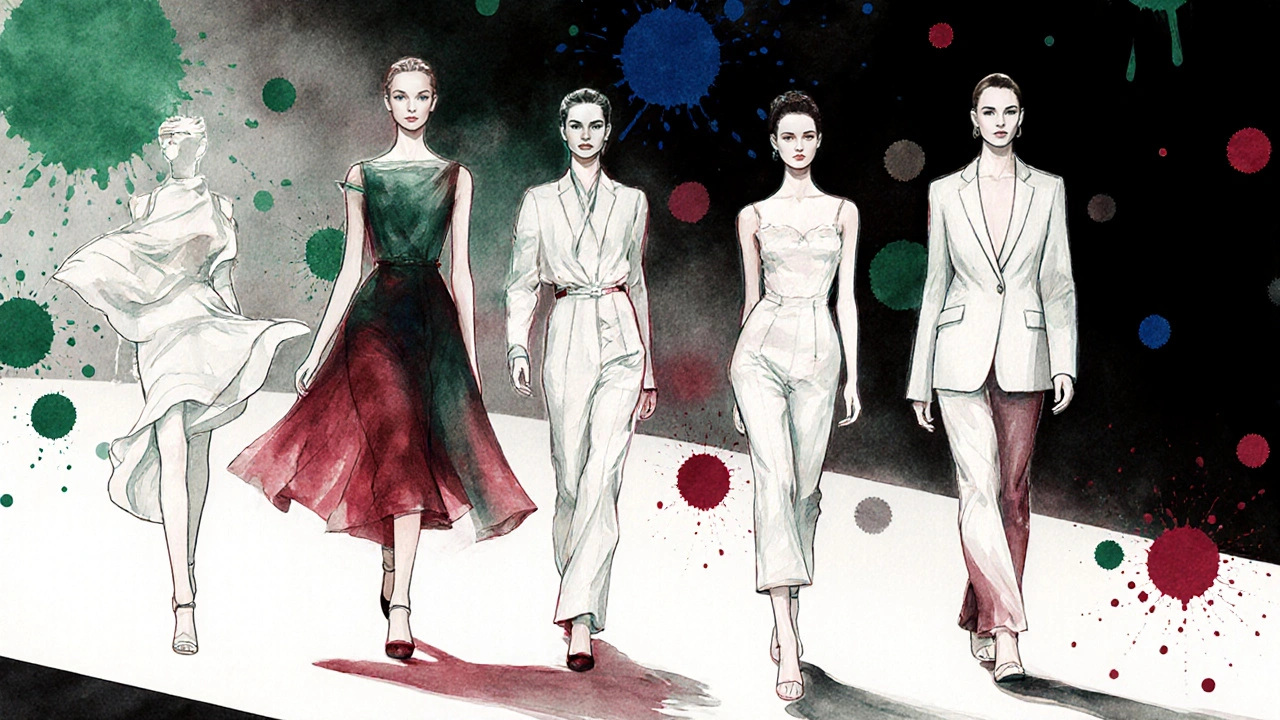
Common Mistakes and How to Fix Them
Even seasoned models slip up. Spot the following flaws and apply the quick fixes.
- Over‑pronation (feet rolling inward) - Strengthen the inner arch with towel‑scrunches.
- Stiff Hips - Perform hip circles for 2minutes before each rehearsal.
- Head Dropping - Practice the "chin‑forward" drill: tuck the chin slightly while keeping the eyes forward.
- Uneven Stride Length - Count steps out loud during practice; aim for a uniform 2‑step pattern per meter.
Preparing for the Show: From Rehearsal to Final Walk
Show day is a marathon, not a sprint. Here’s a timeline most agencies recommend.
- Morning Warm‑up: Light cardio (5minutes), followed by the core routine.
- Garment Fitting: Check that the outfit doesn’t restrict movement; adjust straps or shoes if needed.
- Runway Run‑through: Walk the exact stage layout, noting any changes in lighting or set pieces.
- Mentor Briefing: A senior model or coach gives last‑minute cues-often a single word like "flow" or "sharp".
- Backstage Reset: Hydrate, breathe deeply, and visualize the walk three times.
When the curtains rise, trust the hours you’ve put in. The model runway walk you’ve rehearsed will now become a live performance.
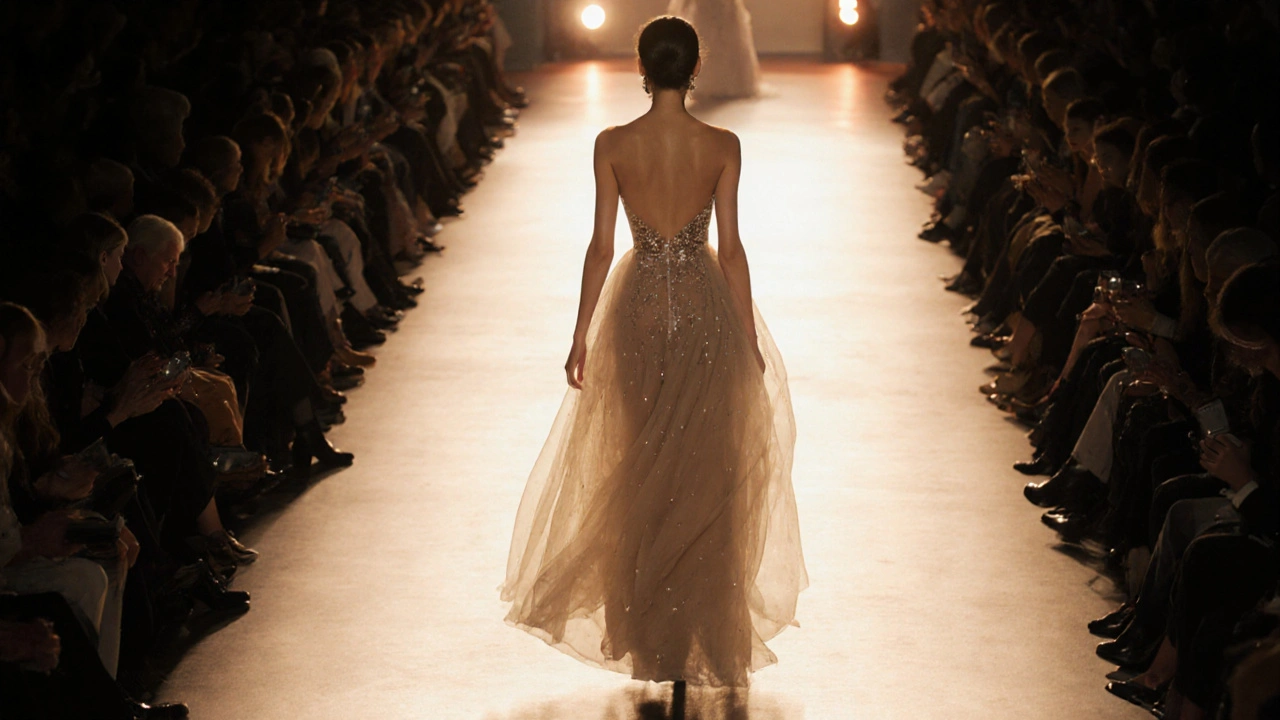
Real‑World Examples: What the Pros Do Differently
Look at three iconic runway moments and what set them apart.
- Alexander McQueen Spring‑2023: Model Adut Akech used a pronounced hip sway that mirrored the collection’s fluid silhouettes, creating a visual echo between body and fabric.
- Victoria’s Secret 2022: Model Jordyn Woods kept a tight core and a narrow stride, allowing the dramatic feathered wings to hang naturally without tugging.
- Paris Fashion Week 2024 - Balenciaga: Model Sora Choi held a sculptural pose at each turn, emphasizing the oversized jackets while maintaining a relaxed facial expression that matched the brand’s avant‑garde tone.
Notice the common thread: each model adapted the five core elements to the designer’s narrative. Study these shows on YouTube or the brand’s Instagram reel; pause, rewind, and mimic the nuances.
Frequently Asked Questions
How long does it take to perfect a runway walk?
Most agencies say 3-6months of daily practice yields a confident walk. Progress speeds up with a qualified modeling coach and regular video feedback.
Do shoes affect the stride?
Absolutely. A heel that’s too high forces an exaggerated foot lift, while flat shoes can flatten the hip line. Designers usually provide a shoe that matches the collection’s intended gait.
Can men model the same way as women?
The fundamentals-posture, rhythm, expression-are identical. Male models might adopt a slightly wider stance, but the hip sway and core engagement remain key.
What’s the best way to practice at home?
Clear a straight line of about 10feet, place markers at each step, and walk slowly while filming yourself. Review the footage for foot placement, hip angle, and facial expression.
How do I keep my look fresh for back‑to‑back shows?
Hydrate, keep snacks handy, and do quick breathing exercises backstage. A short 30‑second visualization of your walk can reset muscle memory between shows.
Is there a universal stride length?
Not truly. Runways differ-some are narrow, others span 30meters. Adapt by counting steps during rehearsals; the goal is consistent spacing, not a fixed number.
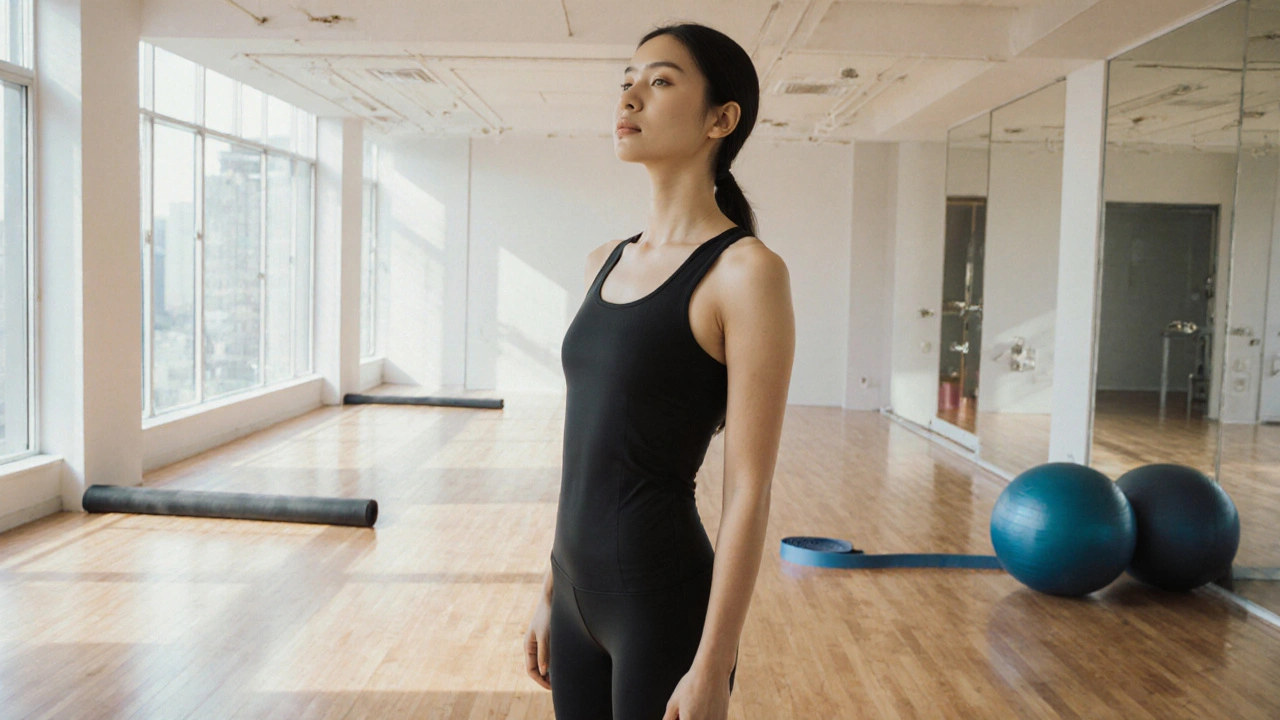

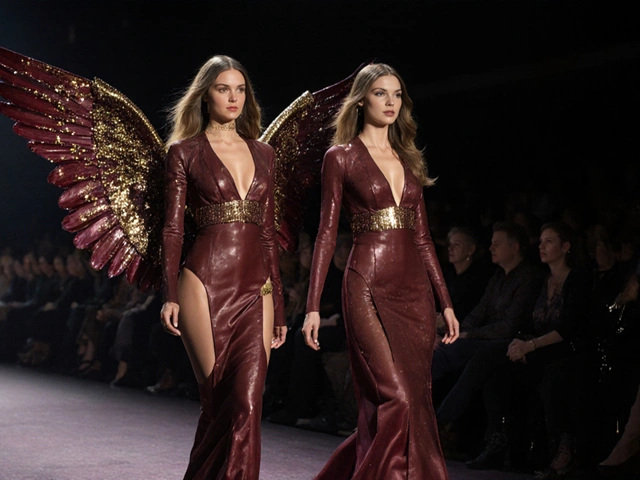

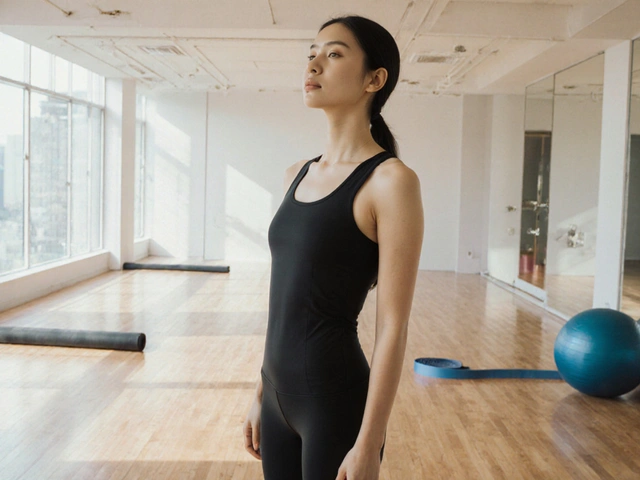
October 16, 2025 AT 14:05
Toni Plourde
The runway walk is fundamentally a synthesis of biomechanics and visual storytelling. Proper posture begins with aligning the cervical spine so that the head sits atop a neutral column. Engaging the core stabilizes the pelvis and prevents the common “head drooping” error discussed in the article. When the shoulders are relaxed yet slightly back, the chest can lift without appearing forced. Foot placement should originate from the ball of the foot, allowing the heel to rise smoothly on each step. Maintaining a consistent stride length, typically two to three steps per meter, creates rhythmic predictability for the audience. A subtle hip sway that mirrors the natural motion of breathing adds fluidity without exaggeration. To practice, set a straight line on the floor and mark intervals of one‑meter spacing. Walk the line while counting “one‑two” silently to lock the cadence into muscle memory. Video playback is essential; review the footage frame‑by‑frame to spot over‑pronation or uneven steps. Incorporating a mirror walk on the third day of training helps you self‑correct posture in real time. Balance drills, such as standing on one foot while holding a pose, reinforce the stabilizing muscles of the ankle. Prior to a show, a brief pilates routine for 5 minutes activates the deep core without fatigue. Hydration and controlled breathing backstage reset the nervous system and preserve the fluidity of the walk. By consistently applying these techniques, a model can transform a mechanical gait into a confident, narrative‑driven strut.
October 16, 2025 AT 15:06
Lorna Jamieson
Only those who truly internalize the couture’s ethos can execute a strut that transcends mere walking 🙄✨
October 16, 2025 AT 16:30
Melissa Jeanne
oh wow the strut guide blew my mind its like a secret ritual that only the elite truly get i cant even 😱 the way they talk about hip sway sounds like some ancient dance rite the article missed the hidden agenda behind the heel design beware the fashion lords are pulling strings
October 16, 2025 AT 17:53
Chad Johnson
We walk not just on wood but on the stage of collective perception 🌌 step becomes thought
October 16, 2025 AT 19:16
Krunal Ronak
Listen the runway is a controlled experiment orchestrated by a cabal of designers and biomechanical engineers who embed subliminal cues in the shoe architecture. The footfall frequency is calibrated to sync with neural entrainment protocols ensuring the audience is subtly conditioned. This is why the article’s “core conditioning” is a euphemism for neurolinguistic programming. The industry’s hidden agenda is to sell not clothing but a state of mind and the strut is the vector for that transmission.
October 16, 2025 AT 20:40
Dale Loflin
Dude they’re basically selling vibes not fabrics.